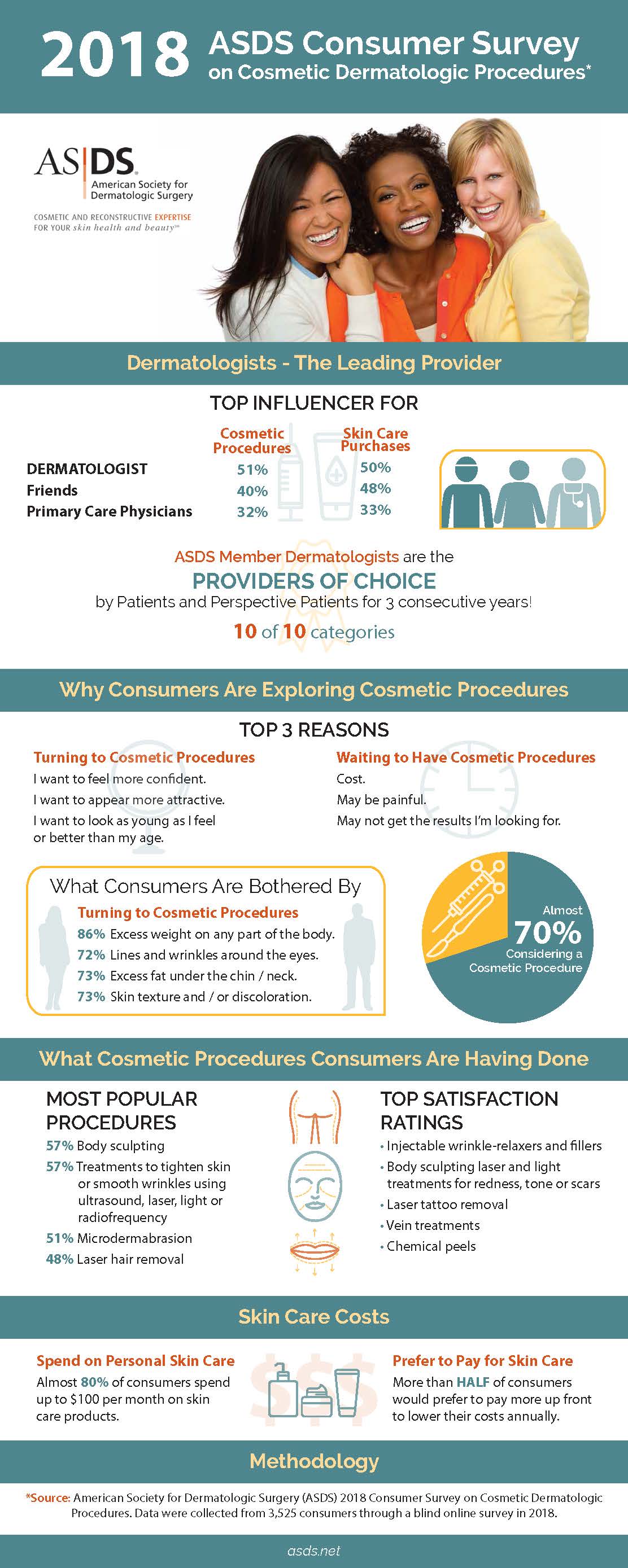Teenage Vs Adult Acne Differences
Teenage Vs Adult Acne Differences
Blog Article
Causes of Acne on Cheeks
Acne breakouts in the cheek area are caused by lots of things, from touching your face regularly to not altering your pillowcase usually sufficient. Picking at blemishes raises your danger of infection and scarring, and certain medicines can aggravate dark spots (postinflammatory hyperpigmentation).
The good news is, there are several ways to prevent and treat cheek acne. These consist of:
1. Hormone Changes
Acne is largely brought on by hormonal agents, specifically those generated throughout the age of puberty and maternity. For some, a family history of acne might likewise add to their problem. Anything that blocks pores, such as oil-based skin care products or waxy hair products, can trigger acne. Various topical therapies, like benzoyl peroxide and salicylic acid, can deal with microorganisms and unclog pores. Those with serious or chronic acne should look for therapy from their medical professional.
Stay clear of touching or pressing your acne, as this can press a few of the germs deeper into the skin, leading to a more extreme outbreak. It is likewise crucial to change pillowcases routinely and use tidy make-up brushes. You must likewise try to avoid toxic irritants such as rubbing from using a safety helmet or tight collar.
2. Diet
The oily, sweet foods that lots of people believe trigger acne may in fact refrain so. As a matter of fact, research studies have revealed that consuming a diet plan rich in whole, nutrient-dense foods aids to avoid breakouts.
Foods high in the glycemic index (such as white bread, corn flakes, puffed rice and potatoes, doughnuts and various other breads) raise blood sugar degrees swiftly, and this can enhance hormones that enhance oil manufacturing and result in acne.
Drinking cow's milk has actually likewise been linked to raised acne outbreaks. If you are a routine cow's milk drinker, you could wish to try changing to low-fat or nondairy options that are fortified with calcium. In addition, consuming alcohol more water can help to lower acne since it helps to maintain the skin hydrated.
3. Excess Oil
While oil is necessary for healthy skin, it can come to be an issue when too much sebum blends with dead skin cells and obstructs pores. This combination can develop blackheads, whiteheads and acnes. The clogged pore wall surface can break down and spill germs, dead skin cells and sebum into bordering skin. This results in a red bump called an acne. how much is botox Sometimes these red bumps have pus in the facility from a bacterial infection. Larger contaminated bumps that look like acne are called cysts.
There are several things that can cause excess sebum and stopped up pores, including hormonal agent changes, diet regimen and everyday habits. Some instances include touching the face regularly, resting your hand on your cheek, making use of filthy make-up brushes and not altering pillow cases on a regular basis.
4. Tension
If you're managing throbbing acnes or a multitude of blackheads and whiteheads, it might be time to speak to a dermatologist. They can advise an effective therapy that suits your skin kind. Practicing leisure and stress-reduction techniques likewise helps.
Acne can take place in the cheeks due to rubbing and pressure, such as when an individual touches their face frequently or uses a hat or sports helmet that scrubs against the skin. It can likewise show up where greasy cosmetics and creams rub versus the skin.
Avoid pressing acne, as this can press infected product deeper into the skin and cause scarring. Instead, see a physician to learn about preventative treatments like drug, skin care items and lifestyle modifications. Consuming a healthy diet regimen of whole foods, obtaining 7 to nine hours of rest and using noncomedogenic makeup and skin care products can all help reduce acne outbreaks.
5. Hair Products
Hair products are not normally thought of as a reason for outbreaks, but they can add to acne on the cheeks in some individuals. Pomade acne, which is characterized by little shut comedones and papulopustules, is typically brought on by the use of oily hair products which contain comedogenic ingredients such as specific oils and acetylated lanolin.
Picking hair products that don't consist of these possibly comedogenic ingredients is a crucial action toward lessening outbreaks. Also, guaranteeing that hair items aren't can be found in contact with the skin can help avoid outbreaks. For example, using a headscarf or hood at night can limit hair-to-face call and lower the possibility that leave-in hair products will certainly abrade onto the face.
In addition to utilizing a non-comedogenic cream and cleaning with an acne face wash, other valuable approaches consist of: